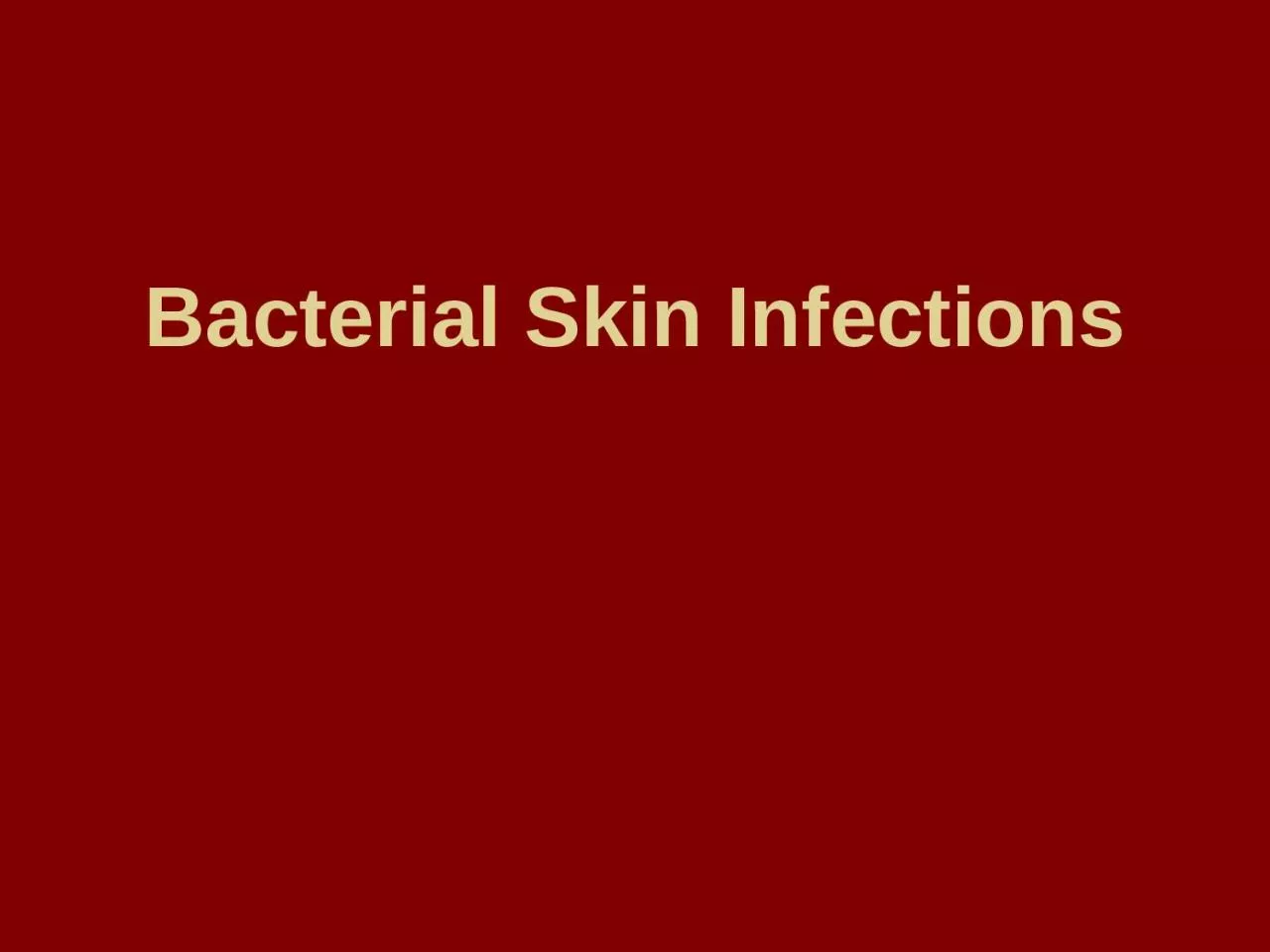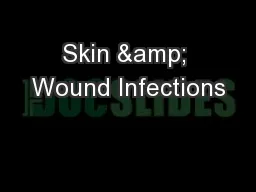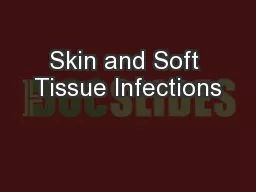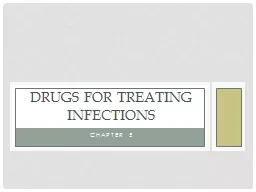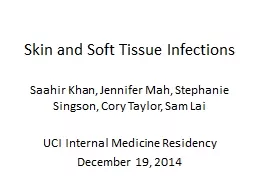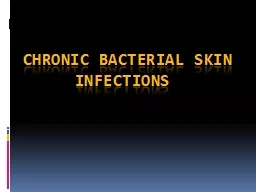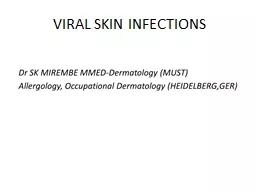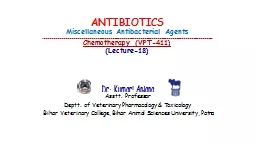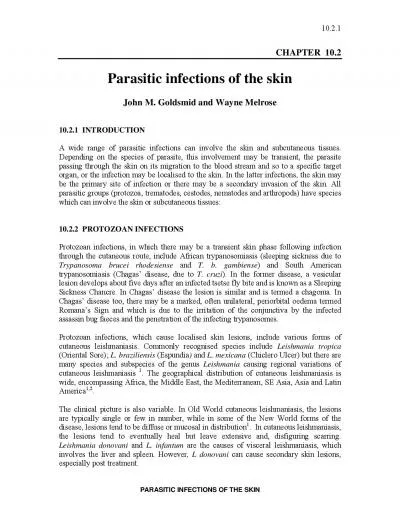PPT-Bacterial Skin Infections
Author : naomi | Published Date : 2022-06-13
Impetigo Contagiosa It is a common superficial skin infection There are two forms Bullous impetigo Nonbullous impetigo Both begin as vesicles with a very thin fragile
Presentation Embed Code
Download Presentation
Download Presentation The PPT/PDF document "Bacterial Skin Infections" is the property of its rightful owner. Permission is granted to download and print the materials on this website for personal, non-commercial use only, and to display it on your personal computer provided you do not modify the materials and that you retain all copyright notices contained in the materials. By downloading content from our website, you accept the terms of this agreement.
Bacterial Skin Infections: Transcript
Download Rules Of Document
"Bacterial Skin Infections"The content belongs to its owner. You may download and print it for personal use, without modification, and keep all copyright notices. By downloading, you agree to these terms.
Related Documents

